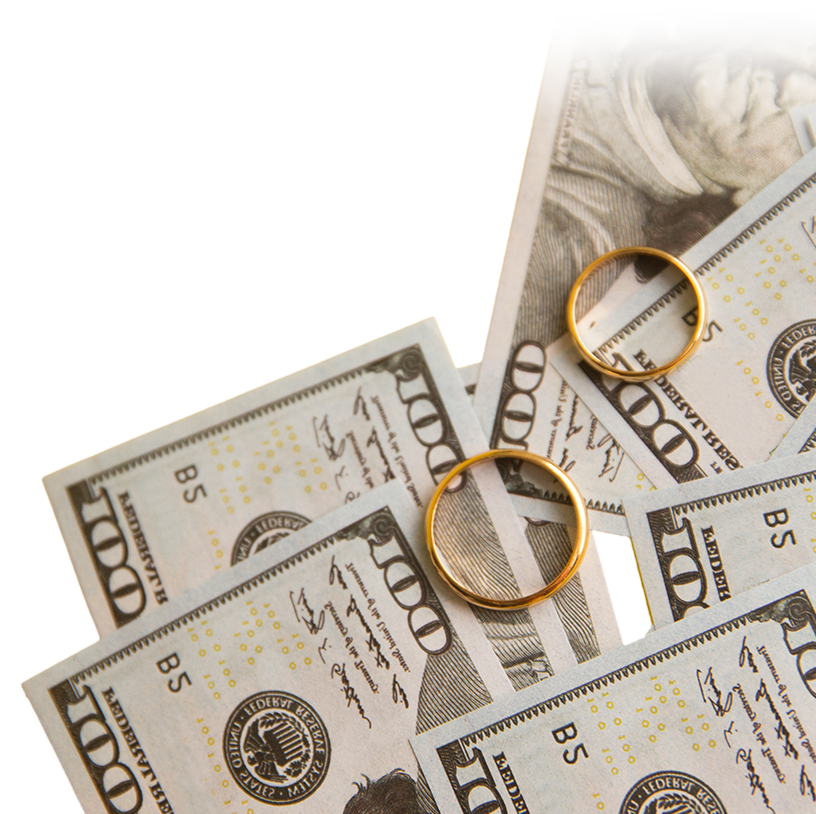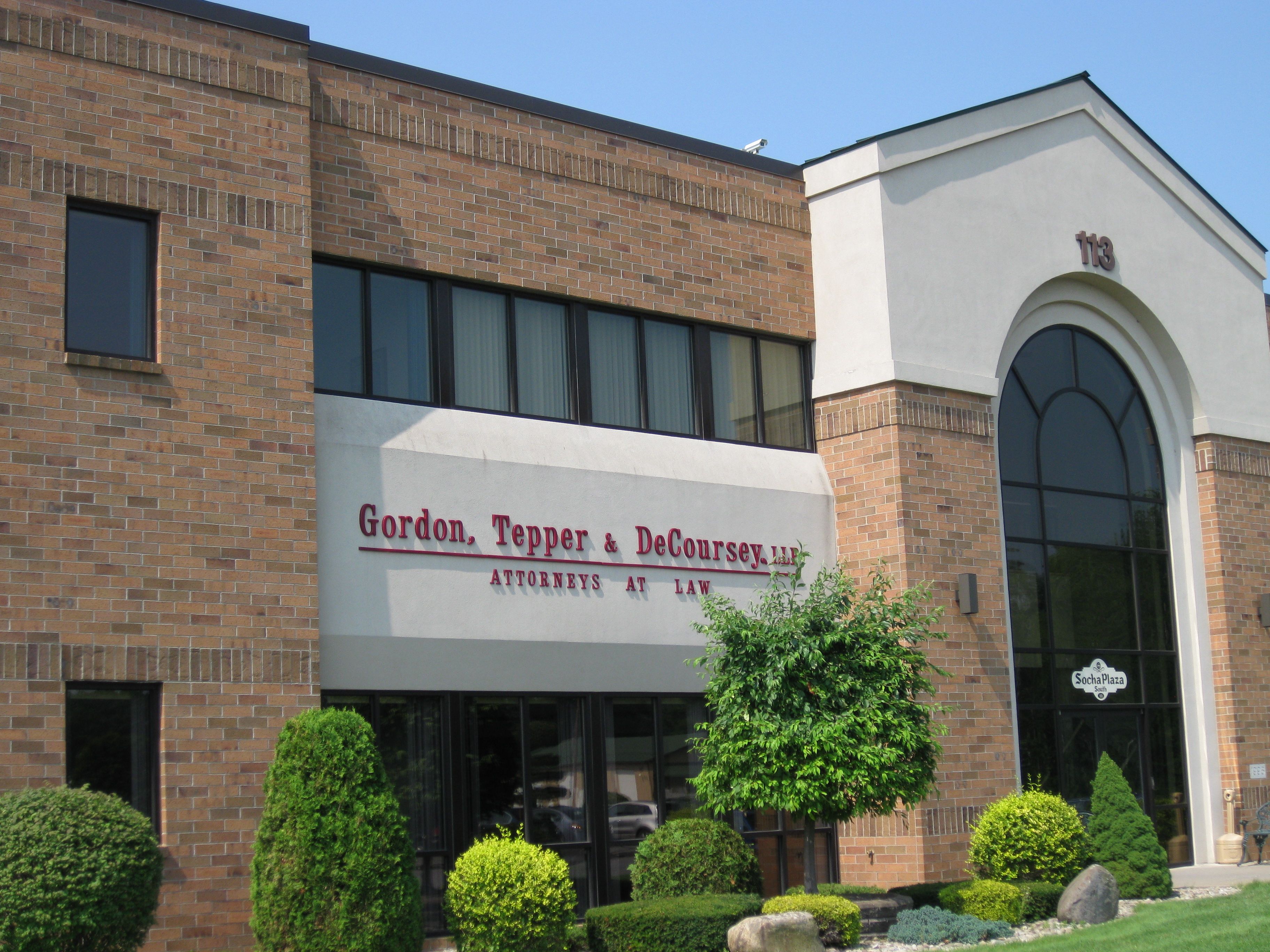
Spousal Support & Maintenance

After a couple separates or when parties divorce, the court can order the spouse who makes more money to pay a specified amount of money to his or her spouse. This is called spousal maintenance, previously referred to as "alimony." Though the goal of New York courts is to be as fair and impartial as possible, it’s critical to retain the legal services of an experienced spousal maintenance lawyer to protect your rights and fight for your best interests. Contact Gordon, Tepper & DeCoursey, LLP, located in the Albany area and serving Glenville, Schenectady, Saratoga, and the Capital District and Upstate New York, for information about spousal maintenance (alimony). Our lawyers would be pleased to speak with you about your concerns including:
- Filing for Spousal Maintenance
- Factors in Determining Spousal Maintenance
- Duration of Spousal Maintenance
- Changes to Spousal Maintenance
FILING FOR SPOUSAL MAINTENANCE
When a couple divorces, the court can order one spouse to pay the other post-divorce maintenance (formerly known as "alimony"). A court can also award interim (also referred to as "temporary") maintenance while a case is pending. If a divorce action is not pending, Family Court also has jurisdiction to award spousal support. Once a divorce is finalized, both Family Court and Supreme Court typically have jurisdiction over enforcement and modification of maintenance awards.
DETERMINING SPOUSAL MAINTENANCE
In 2015, New York's Domestic Relations Law was amended to provide new guidelines for determining both temporary and post-divorce maintenance awards in matrimonial actions. Our partner, Eric A. Tepper, was instrumental in negotiating New York's current maintenance guidelines and was part of the court system's working group which both negotiated and wrote the final statue which became law. The temporary maintenance guidelines went into effect in October 2015, and the post-divorce maintenance guidelines went into effect in January 2016.
There are two different maintenance formulas which are part of New York's maintenance law. One formula is used where the payor spouse is also paying child support to the recipient spouse. Another formula is used where the payor spouse is not paying child support to the recipient spouse. In determining maintenance, the Court first applies one of the two formulas based on the parties' respective incomes, with a cap on the payor's income of $228,000. The income cap is subject to a Cost of Living Adjustment which changes the amount of the cap every two years. The most recent adjustment, which changed the cap to $228,000, took effect March 1, 2024. Where the payor's income exceeds the income cap (currently $203,000), the court first determines the guideline amount using one of the two formulas, capping the payor's income at $228,000. Then, it is within the Court's discretion whether to award any additional maintenance based on the amount of the payor's income exceeding the cap. In assessing whether to award maintenance based on the payor's "excess" income above the cap, the Court must consider any one or more of certain "deviation" factors set forth in the statute. There are 13 deviation factors for interim or temporary maintenance, and there are 15 deviation factors for post-divorce maintenance.
Specifically, the post-divorce deviation factors are as follows:
- the age and health of the parties;
- the present or future earning capacity of the parties, including a history of limited participation in the workforce;
- the need of one party to incur education or training expenses;
- the termination of a child support award before the termination of the maintenance award when the calculation of maintenance was based upon child support being awarded which resulted in a maintenance award lower than it would have been had child support not been awarded;
- the wasteful dissipation of marital property, including transfers or encumbrances made in contemplation of a matrimonial action without fair consideration;
- the existence and duration of a pre-marital joint household or a pre-divorce separate household;
- acts by one party against another that have inhibited or continue to inhibit a party's earning capacity or ability to obtain meaningful employment. Such acts include but are not limited to acts of domestic violence as provided in section 459-A of the Social Services Law;
- the ability and cost of medical insurance for the parties;
- the care of children or stepchildren, disabled adult children or stepchildren, elderly parents or in-laws provided during the marriage that inhibits a party's earning capacity;
- the tax consequences to each party;
- the standard of living of the parties established during the marriage;
- the reduced or lost earning capacity of the payee as a result of having forgone or delayed education, training, employment or career opportunities during the marriage;
- the equitable distribution of marital property and the income or imputed income on the assets so distributed;
- the contributions and services of the payee as a spouse, parent, wage earner and homemaker and to the career or career potential of the other party; and
- any other factor which the Court shall expressly find to be just and proper.
DURATION OF POST-DIVORCE MAINTENANCE
New York's current maintenance law now contains an advisory durational formula for post-divorce maintenance based on the length of the marriage. A marriage is defined as running from the date of the marriage until the date of commencement of a divorce action. In particular, the advisory guidelines are as follows:
Length of Marriage % of the Marriage Length for Which Maintenance Is Payable
0 - 15 years 15% - 30%
More than 15 -20 years 30% - 40%
More than 20 years 35% - 50%
In determining the duration of post-divorce maintenance, whether or not the Court uses the advisory schedule, the Court shall also consider the 15 deviation factors enumerated in the statue. Those factors were previously set forth above. The current statute does not prevent a court from awarding non-durational maintenance in an appropriate case. Post-divorce maintenance shall terminate upon the death of either party or upon the recipient's remarriage or when otherwise modified by a court.
CHANGES TO SPOUSAL MAINTENANCE
If either spouse encounters circumstances that affect maintenance payments, either party may file to adjust the payments. Some examples include:
- Your spouse is fired from a job, which affects his or her ability to make maintenance payments
- You are promoted or hired for a new job which pays significantly more, and your spouse asks the court to lower the amount of support he or she pays
- You are experiencing financial hardship, so you ask the court to increase the amount of spousal support which you receive
It can be difficult to modify a spousal support or maintenance order, depending upon how the maintenance award arose (for example, in a separation agreement or after a divorce trial). Modification standards differ. However, hiring an experienced and knowledgeable New York maintenance attorney can increase your chances of achieving a modification of the maintenance order.

